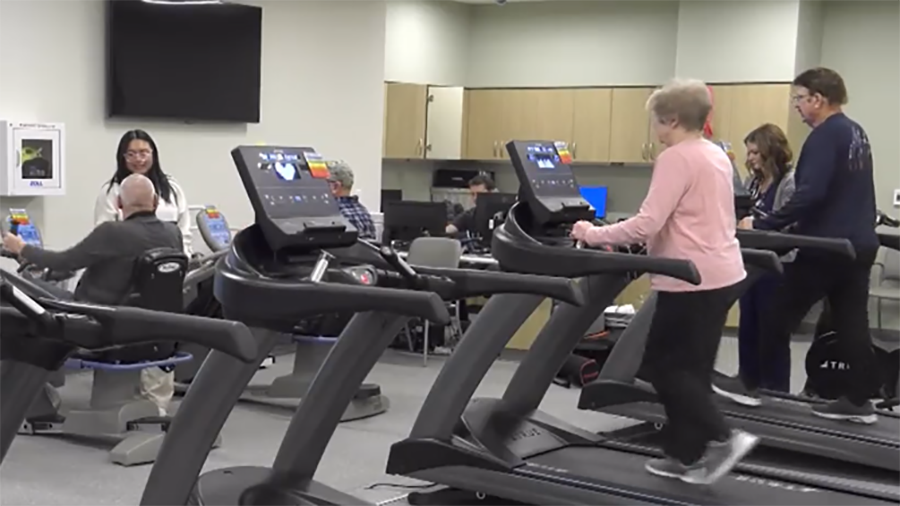Start slow to avoid exercise injuries physician warns
Apr 7, 2022, 5:21 PM | Updated: Jun 20, 2022, 12:48 pm
SOUTH JORDAN, Utah — We come out of winter hibernation ready to get outside and be active. But overdoing it can lead to springtime exercise injuries, which can set you back weeks or months from your fitness goals.
A sports medicine physician explains ways to avoid them.
It’s a new way of life for Melissa Lightfoot after a severe injury.
“It was November of 2019,” said Lightfoot, who lives in South Jordan. She was lifting weights and pushing herself hard. “A lot of weight, a lot of deadlifts, a lot of back squats; the heavier, the better,” Lightfoot said. “I just felt a ping in my back, and I just thought, ‘OK, I’m going to need another three or four days for it to recover, and it didn’t.’”
Lightfoot suffered four herniated discs. “They said looking at my MRI it looked like I fell off a roof or played football,” she said.
Dr. Todd May, a sports medicine physician with Intermountain Healthcare, sees an influx of exercise injuries each spring. “We’ll see a lot of tendon injuries,” he said. “Those tendons take a little time to kind of get warmed up and get ready to go for that level of activity.”
According to a study by the National Institutes of Health, Achilles tendon injuries are highest in the spring.
There are steps you can do to prevent damage.
First, start gradually, increasing activity by 10% until you reach your goal.
Next, warm up before working out. May said, “You might walk, you know, for a minute or two and then a slow jog for a minute or two, you can do some warm-up or you’re kind of moving your hip and knee and ankle through a range of motion.”
Leave the stretching until afterward. Stretching before a workout can make an injury more likely, experts say.
Listen to your body and stop if you’re in pain. “If you hit one, two, or three out of 10, you’re OK,” May said. “That’s your body getting used to the activity. You might be a little bit sore. It’s okay to continue to work through that. But if you’re getting into that four or five and higher pain, that your body’s saying, ‘Hey, look, you need to stop.’”
Lightfoot is slowly improving, but she has permanent nerve damage. “I go on a rollercoaster between losing hope and just keep fighting because I want to do fun things with my girls,” she said.
She warns what happened to her could happen to anyone. “Listen to the warning signs your body gives you and don’t mess around,” Lightfoot said.












